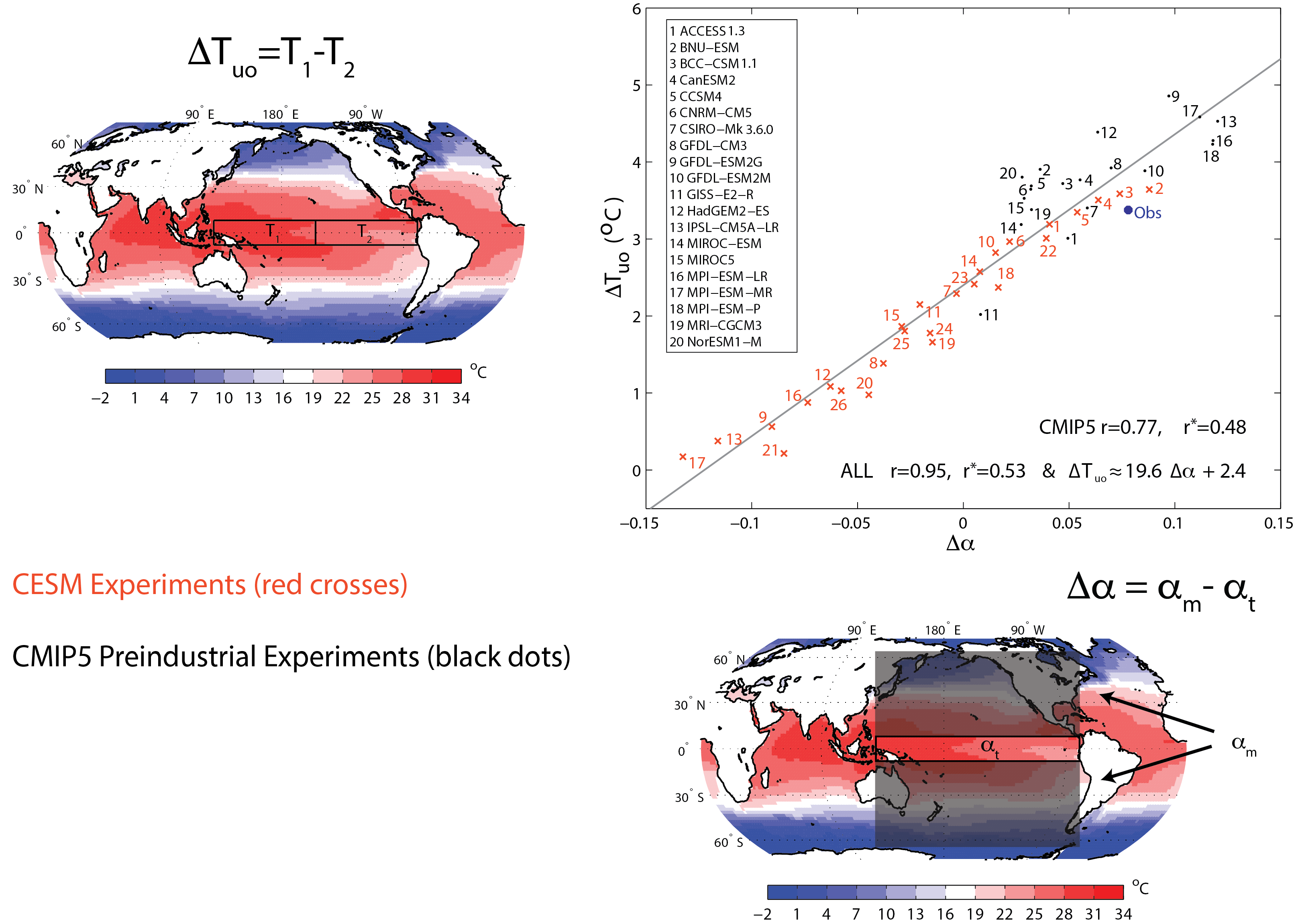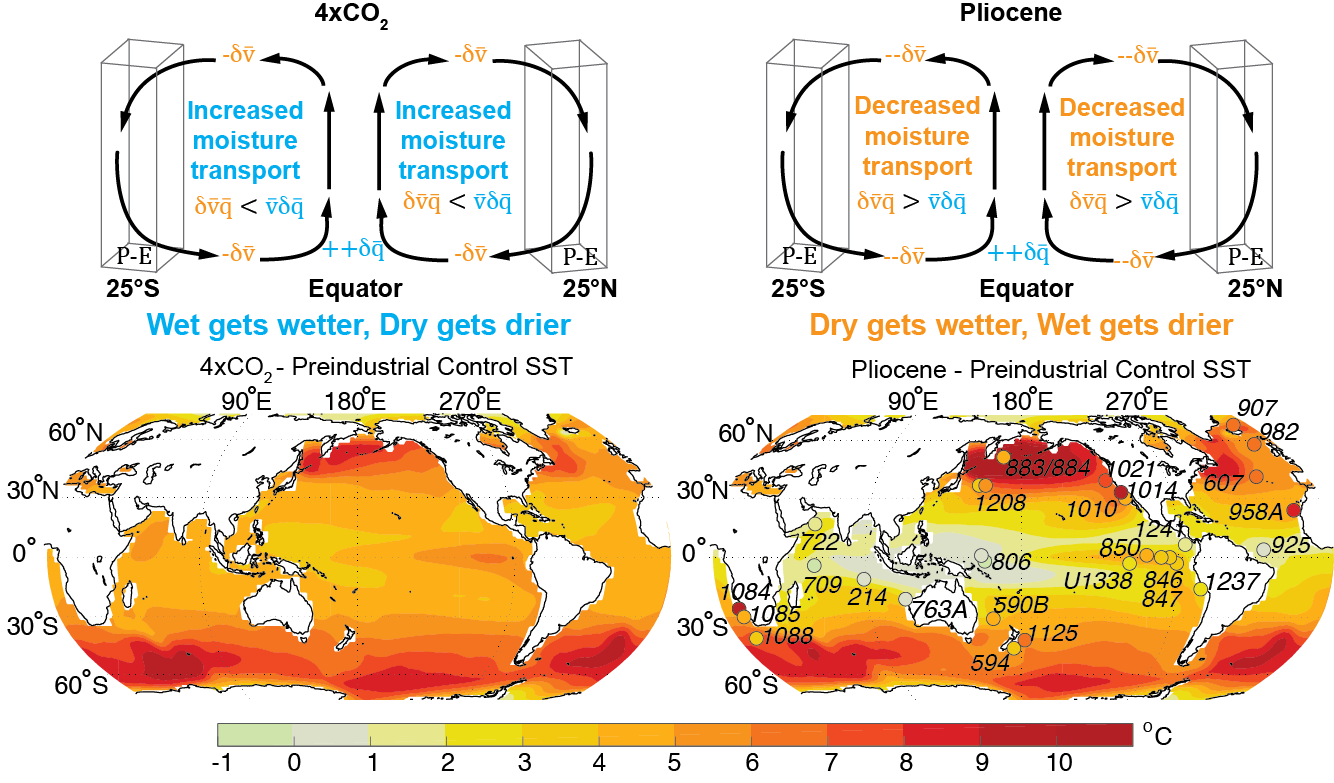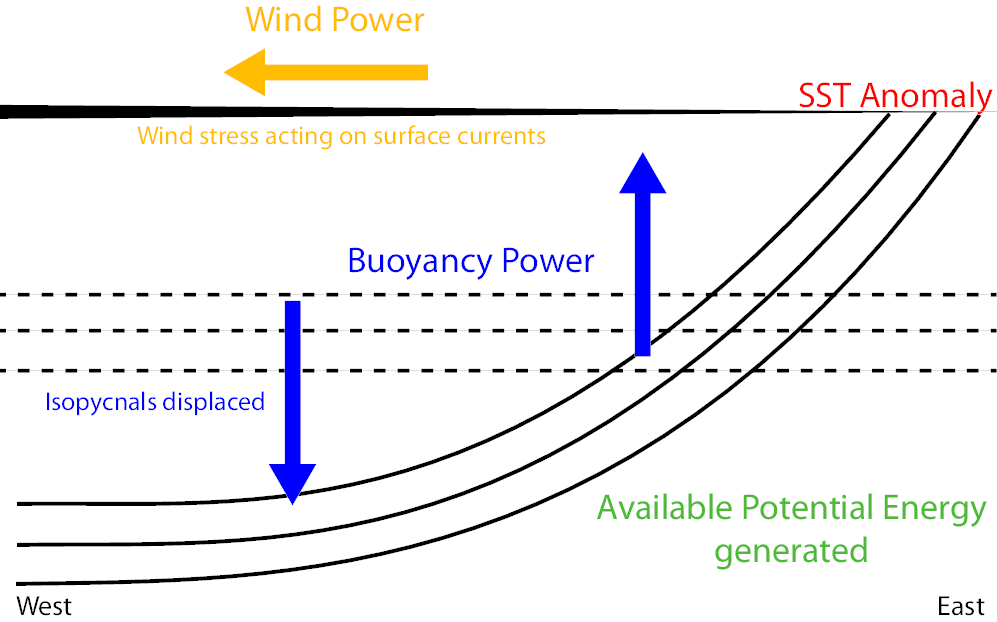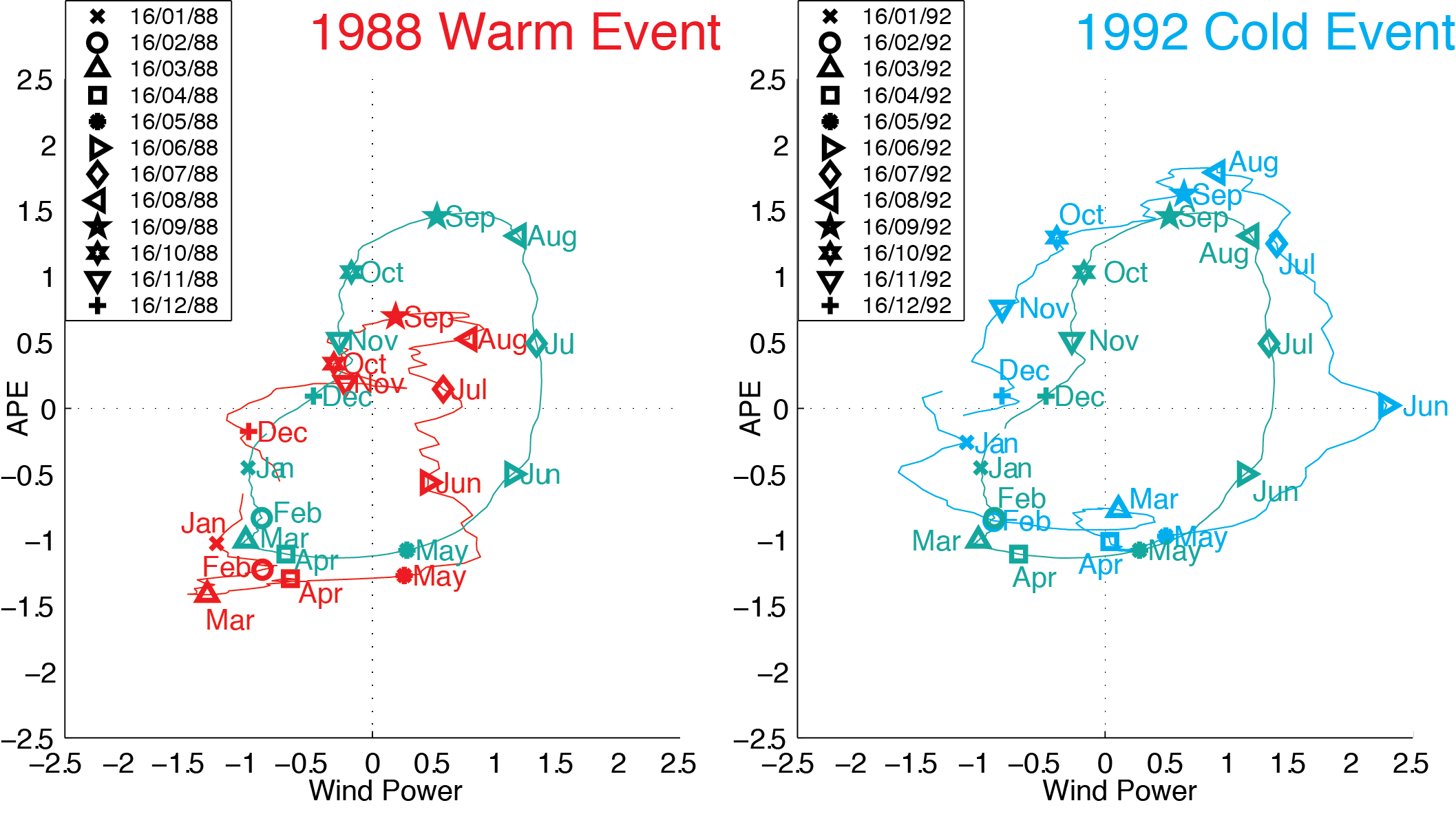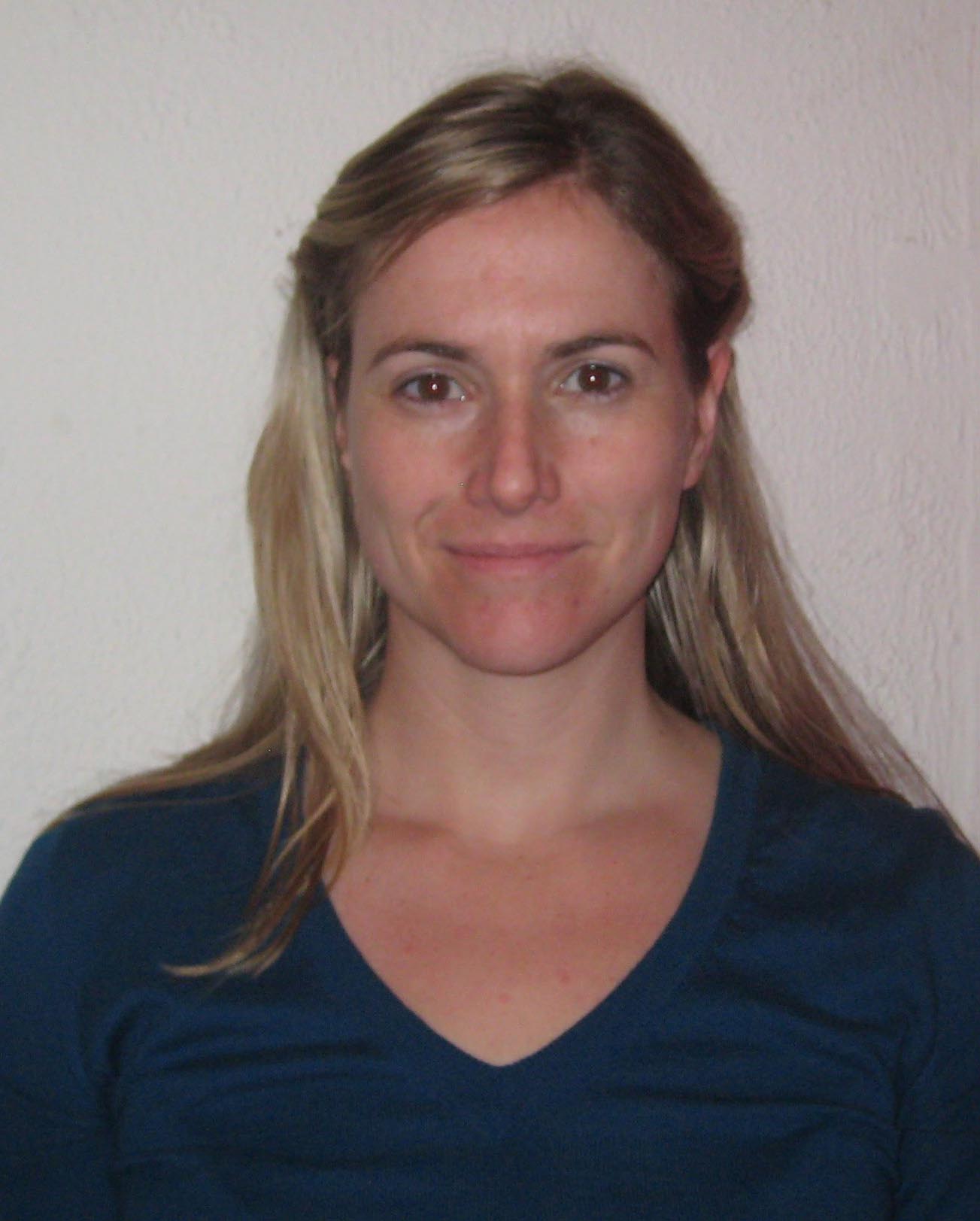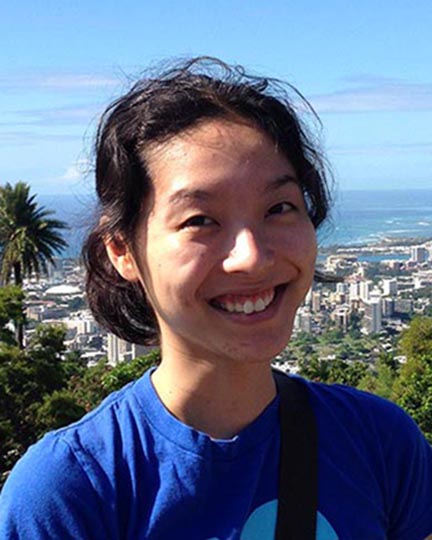Publications
Visit my page for an up-to-date publication list.
Select Subset
Burls, N. J., Blamey, R. C., Cash, B. A., Swenson, E. T., Fahad, A. al, Bopape, M.-J. M.,Straus D. M., Reason C. J. C. (2019). The Cape Town “Day Zero” drought and Hadley cell expansion. Npj Climate and Atmospheric Science, 2(1), 1–8, doi:s41612-019-0084-6
Wang, Z., Schneider, E. K. and Burls, N. J., 2019: The sensitivity of climatological SST to Mixed Layer Depth. Climate Dynamics, 1–15, doi:s00382-019-04892-0
Cash B., and Burls, N. J. (2019) Predictable and Unpredictable Aspects of US West Coast Rainfall and El Niño: Understanding the 2015-2016 Event. Journal of Climate, https://journals.ametsoc.org/doi/abs/10.1175/JCLI-D-18-0181.1.
Kodama, K., and Burls, N. J. (2019). An empirical adjusted ENSO ocean energetics framework based on observational wind power in the tropical Pacific. Climate Dynamics, https://link.springer.com/article/10.1007/s00382-019-04701-8.
Erfani, E., and Burls, N. J. (2019). The Strength of Low-Cloud Feedbacks and Tropical Climate: A CESM Sensitivity Study. Journal of Climate, https://journals.ametsoc.org/doi/abs/10.1175/JCLI-D-18-0551.1.
Burls, N. J., and Fedorov, A. V. 2017: Wetter subtropics in a warmer world: contrasting past and future hydrological cycles, PNAS, 114 (49) 12888-12893, https://doi.org/10.1073/pnas.1703421114.
Burls, N.J., Fedorov, A.V., Sigman, D.M., Jaccard, S.L., Tiedemann, R. and Haug, G.H., 2017: Active Pacific meridional overturning circulation (PMOC) during the warm Pliocene, Science Advances, 3, e1700156.
Burls N.J., Muir L., Vincent E.M., and Fedorov A.V., 2016: Extra-tropical origin of equatorial Pacific cold bias in climate models with links to cloud albedo, Climate Dynamics, doi:10.1007/s00382-016-3435-6.
Fedorov, A.V., Burls N.J., Lawrence K.T., and Peterson L.C., 2015: Tightly linked ocean zonal and meridional temperature gradients over the past 5 million years, Nature Geoscience, 8, 975–980, doi:10.1038/ngeo2577.
Burls, N. J., and A. V. Fedorov, 2014b: Simulating Pliocene warmth and a permanent El Niño-like state: the role of cloud albedo, Paleoceanography, 29(10), 893-910, doi:10.1002/2014PA002644.
Luebbecke, J.F., N.J. Burls, C.J.C. Reason, M.J. McPhaden, 2014: Variability in the South Atlantic Anticyclone and the Atlantic Nino mode, Journal of Climate, 27, 8135-8150. doi:http://dx.doi.org/10.1175/JCLID-14-00202.1.
Burls, N. J., and A. V. Fedorov, 2014a: What controls the mean east-west sea surface temperature gradient in the equatorial Pacific: the role of cloud albedo, Journal of Climate, 27 (7), 2757-2778, http://dx.doi.org/10.1175/JCLI-D-13-00255.1.
Burls, N. J., C. J. C. Reason, P. Penven, and S. G. Philander, 2012: Energetics of the Tropical Atlantic Zonal Mode. Journal of Climate, 25, 7442-7466, doi:10.1175/JCLI-D-11-00602.1.
Burls, N. J., C. J. C. Reason, P. Penven, and S. G. Philander, 2011: Similarities between the tropical Atlantic seasonal cycle and ENSO: an energetics perspective. Journal of Geophysical Research, 116, C11010, doi:10.1029/2011JC007164.
